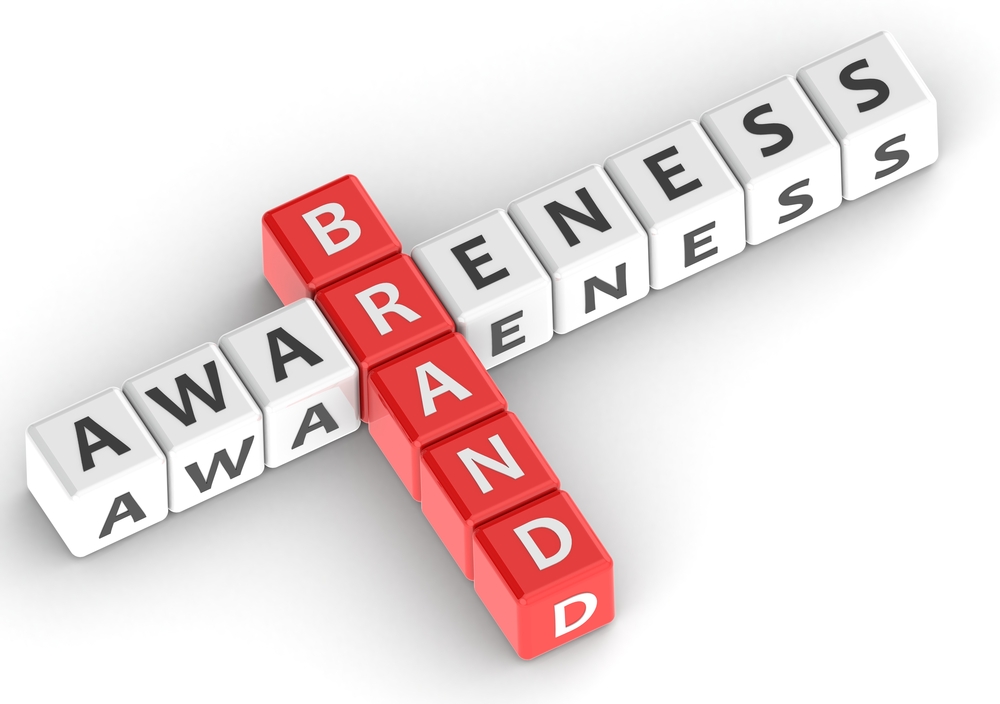While these vanity metrics (such as Likes, fans, followers, etc.) do offer some value to marketing efforts, there are better ways to measure the brand awareness that is so vital to a company’s ongoing success. Organizations can track the following 11 types of results to get a clear read on the state of their brand awareness online.
- Reach
Reach is the number of unique views a piece of content receives. The unique part of this definition is critical to keep in mind, as multiple views from the same person count as one view. Measuring them as multiple views will not provide accurate reach metrics.
- Impressions
Reach occurs when a piece of content is viewed, whereas impressions are the number of times a piece of content is displayed. Impressions do not account for how many people saw the content.
- Engagement Rate
The engagement rate of content is determined by dividing the number of interactions with the content by the number of people who follow the social media account. Engagement rate is one of the most important metrics for determining whether marketing strategies are effective.
- Sentiment
It may sound farfetched, but it is entirely possible to figure out how people feel about a brand based on its social media accounts. This concept is called sentiment, and it is a solid way to measure whether people regard a brand in a positive, negative or neutral light. Sentiment involves quality perception as well as brand attributes and associations.
- Brand Mentions
Showing up in a variety of places online that can include social media posts, blog posts, articles and product reviews, brand mentions play a significant role in the way a business is perceived. They exert a strong influence on a brand’s reputation, making this an essential metric to monitor.
- Website Referral Traffic
Driving traffic to a company’s website is one of the primary purposes of maintaining social media accounts. Inserting UTM links – URLs that specify the source of the link – is an excellent tool for keeping track of how much traffic social media is driving to the website.
- Share of Voice
Serving as a gauge of brand visibility and level of dominance of industry-related conversations, the share of voice (SOV) measures the market that a brand owns compared to its competitors. Companies can use the following formula to calculate their share of voice: the number of mentions of the brand/total number of brand mentions (the brand’s + its competitors’) x 100.
- Share of Impressions
Working as a metrics bookend of sorts for SOV, the share of impressions (SOI) is the percentage of the total number of people who might have been exposed to an organization’s content relative to its competitors. Companies should always conduct a side-by-side comparison of SOV and SOI. Doing so provides an accurate measurement of coverage quality.
For example, if a business experiences high SOI and low SOV, it means the company is likely not getting as much coverage as competitors – but it is getting coverage in high-quality publications with good engagement levels.
- Share of Authority
Several factors affect the share of authority, which measures a brand’s influence on its social media channels. The more influence a brand has, the better its chances of being regarded as a trusted industry authority. Share of authority is determined in part by the number and quality of links shared with the organization’s website from trusted online authorities.
- Reviews and Customer Satisfaction
Few elements of marketing are more important to brand reputation than online reviews. Customer satisfaction can literally make or break a brand; peer recommendations and complaints are that powerful. It is imperative that companies monitor their reviews and respond to them – positive and negative – and derive insights from them.
- Surveys
Virtually everyone has received a customer satisfaction survey from a business at one time or another. There is a good reason for this. Savvy companies know that surveys present an excellent way to get into customers’ heads and gain insight into improving customer service.
If a business exists, but no one or only a few people know about it, will the company suffer? Most definitely! This is the reason why building brand awareness is so important. When organizations analyze the metrics above, they will give themselves the advantage needed to measure their brand awareness across their social media channels.
Uncertain times call for creative thinking. Contact Gavel International to be inspired with solutions that connect and engage your people.
- A Meeting Planner’s Guide to Using Drone Photography - April 15, 2024
- 11 Essential Items a Meeting Planner Must Have in an Event Kit - March 25, 2024
- Gavel International Joins in Global Meetings Industry Day 2024 (#GMID2024) Celebration - March 22, 2024







